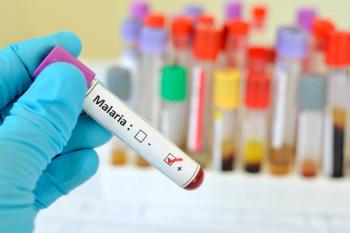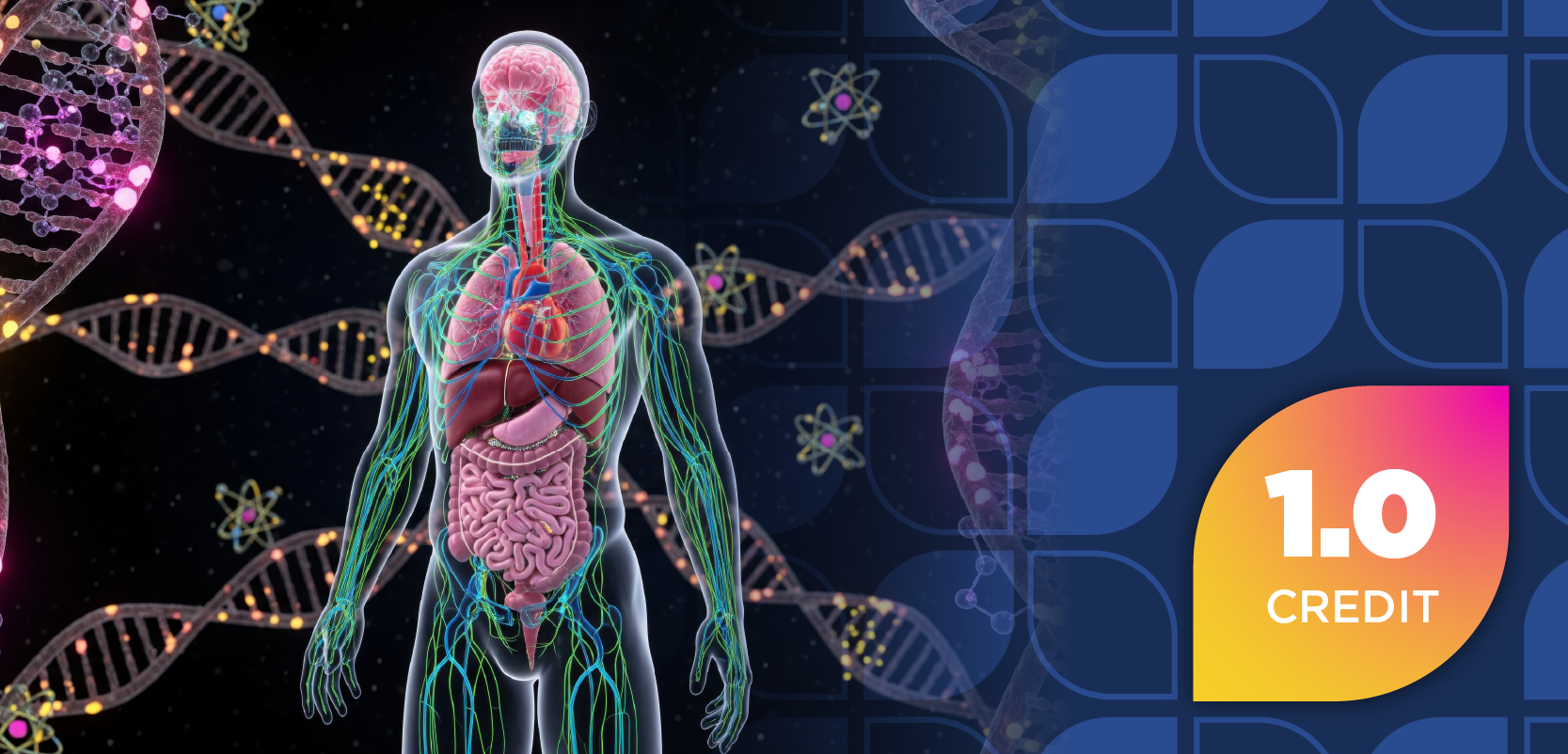
Antibiotic Resistance Not Only Spread by Humans
DNA in the bacteria may also play a role in antibiotic resistance.
Recent research reveals 1 of the many causes behind the recent spread of antibiotic-resistant bacteria.
The spread of antibiotic-resistant superbugs has recently been under the microscope, since many individuals have been dying from these infections. Adults and children have been affected by the spread, with more cases being reported each year, according to a study published in Nature Ecology and Evolution.
“The discovery of antibiotics revolutionized medicine by making it much simpler to treat bacterial infections, and this had a big impact on human health and longevity. For example, the use of penicillin led to a 90% decrease in mortality caused by some forms of pneumonia. Unfortunately, few new antibiotics have been discovered over the last 30 years, and resistance to existing antibiotics has spread steadily because antibiotics are used heavily in medicine,” said senior study author Craig Maclean, PhD. “This is leading to a crisis in medicine, as we have lost the ability to treat bacterial infections that can have life-threatening consequences.”
Physicians have been blamed for over-prescribing these drugs to unknowingly treat viral infections, and
However, new research has indicated that humans may not be the only thing playing a part in the spread of antibiotic resistance. Investigators discovered that small DNA molecules, called plasmids, are also involved. Plasmids are known to live inside bacteria, and can transfer antibiotic-resistant genes.
It was discovered the plasmids can also accelerate the creation of new types of resistance, which makes this molecule more important than previously thought. During treatment with antibiotics, bacteria that are less sensitive to treatment are able to reproduce more than bacteria that are more sensitive to antibiotics, which then drives resistance.
“Many of the most important resistance genes are found on plasmids, which are small, circular DNA molecules that live inside bacteria,” Dr MacLean said. “Plasmids are capable of moving between bacteria and are usually thought of as being important ‘vehicles’ that transfer resistance genes between bacteria.”
Investigators found that plasmids act as a catalyst, and accelerates the creation of new types of antibiotic resistance, according to the study. This phenomenon occurs because bacteria contain more than 1 plasmid, and allows for rapid evolution.
Additionally, they discovered that plasmids are able to increase the amount of new resistant genes contained in the bacteria.
These new findings demonstrate the plasmid’s role in antibiotic resistance, which could potentially lead to improved treatments and less resistance.
“The conventional view of plasmids is that they act as important vehicles that transfer resistance genes between bacteria. Our research shows a new role for plasmids in antibiotic resistance by demonstrating that plasmids drive the evolution of novel forms of antibiotic resistance,” Dr MacLean concluded. “While this does not offer any solutions per se, it further highlights the importance of developing new methods for tackling plasmids. For example, it may be possible to develop new drugs that will block plasmid replication.”
Newsletter
Stay informed on drug updates, treatment guidelines, and pharmacy practice trends—subscribe to Pharmacy Times for weekly clinical insights.













































































































































































































